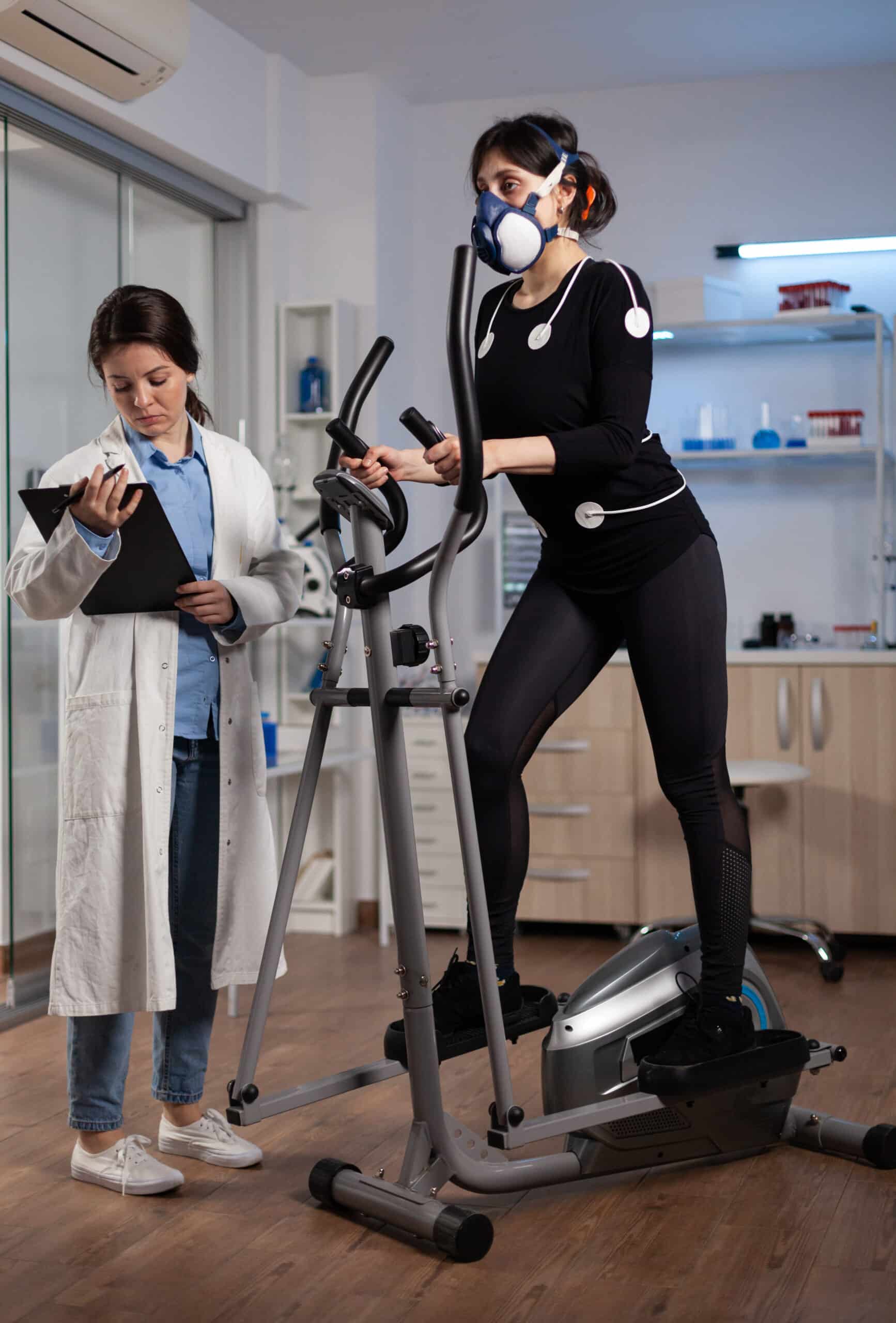So, we could look at the interferon B gene to see if ME/CFS cells are functioning as if there is a viral threat - or not? The histone deacylation could be quantified?
I'm already on the case

. I can't give many details since some of the data and work involved may come from other teams, but to generally answer your questions, yes and yes.
I think the key is that ME/CFS cells would not necessarily be functioning as if there is a viral threat. The difference between "active" interferon production and constitutive levels is quite vast (
here's a good review if anyone's interested). Getting "stuck" in the viral infection pedal-to-the-metal interferon loop is characteristic of interferonopathies, and that features uncontrolled inflammation and substantial tissue damage which is lethal if untreated.
However, this histone acetylation mechanism could very well lead to a level of interferon that is higher than the tightly-suppressed normal baseline
without any pathogenic trigger--high enough to cause chronic illness symptoms--but low enough to avoid tissue damage. We already know that such a threshold exists from people who go on interferon therapies. And histone acetylation is only one option for a mechanism that has gone awry. It could very well be one of the other suppressive transcription factors, or some protein kinase or ubiquitin ligase that modulates those transcription factors...who's to say it would even be the same thing for every pwME?
Histone deacetylation could be measured via ChIP-seq as in this study, or you could measure chromatin accessibility of interferon genes via ATAC-seq, or you could just go straight to the hypothesized pathological mechanism and measure interferon/interferon-stimulated genes directly.
What sort of samples would be needed? Would blood cells be okay, or could it be that there are some tissue cells somewhere that are carrying on, either correctly reacting to a chronic infection, or somehow didn't get the memo that an infection was over and they could stand down? And they are pumping out interferon that acts only locally? In which case, biopsying all the possibilities becomes impossible. Would it be with looking at gut biopsies? Is this an investigation that needs a dead body?
My sense is that between Rob Phair's negative preliminary data and the PBMC studies we already have, it's unlikely to be a strong signature in the blood. In PBMCs from lupus, where we know there's high levels of interferon in the blood, you see a very clear signature of interferon stimulated genes across many circulating cell types. But higher-than-normal constitutive interferon levels in
tissue cells has already been observed in other illnesses--most notably interferon kappa in skin cells in lupus. So it's a short leap to think that something similar may be happening in one or more specific tissues in ME/CFS.
I've mentioned on other threads that I'm really interested in muscle cells. It would be the easiest to collect (besides skin, but it doesn't seem like skin issues are very common in ME/CFS), and I think there's enough justification in the literature to suspect that
something is probably happening in muscle tissue (even if exact findings haven't been replicated).
I saw that the immune system of mice differs in some ways from humans. Is there potential to work with an animal model to see what happens when the IFN-B switch stays on after a viral infection?
Theoretically yes! One of the most commonly used mouse models for psoriasis is an IRF2 knockout, which is an interferon stimulated gene that functions as the main suppressive transcription factor for type I interferons. But like you already mentioned, there are tons of different interferons, and even more different mechansisms by which they are regulated, many of which are specific to certain cell types. I think it's unlikely that IRF2 is our specific culprit given its strong association with psoriasis, but there are plenty of other candidates which would result in different symptom patterns.
I think the first step would be to confirm whether higher-than-normal constitutive interferon production is actually occurring in ME/CFS tissue across many participants. Then you could do a deep dive into samples from a handful of pwME to see if you can pinpoint at least one "upstream" dysregulated protein or pathway that leads to an ME/CFS phenotype (even if it isn't representative of all pwME). Once that's identified, then you could try knocking out that protein in a mouse model and see if it induces ME/CFS-like behavior and recapitulates other findings in the field. That's my long-term plan, anyways



